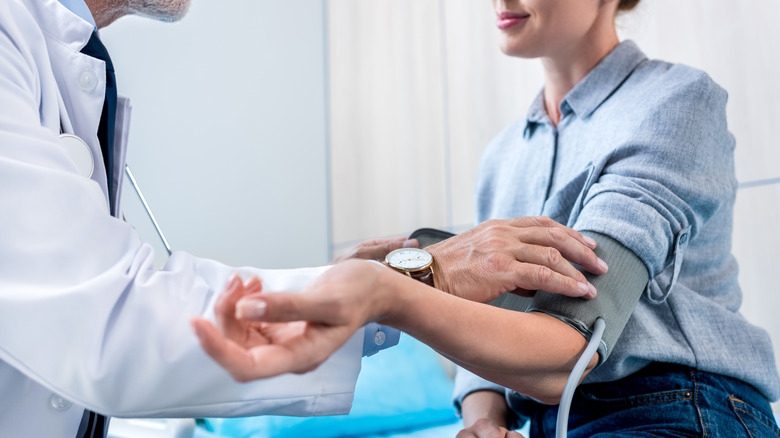Does Smoking Cause High Blood Pressure?
High blood pressure, also called hypertension, is a serious condition because it affects so many people while being difficult to detect. Almost half of the adults in the U.S. have high blood pressure, and only one-quarter of them have the condition under control, according to the Centers for Disease Control and Prevention (CDC). Many people may not know they have hypertension because it often has no symptoms, according to the World Health Organization (WHO).
Some things, such as family history and age, are considered uncontrollable factors that can increase the risk of developing high blood pressure. But there are many factors, such as your diet and your level of physical exercise, that are controllable. Getting little physical activity as well as eating foods that are high in saturated, trans fat, and salt increase your chances of developing high blood pressure. In addition, being overweight and not eating enough fruits and vegetables can also raise your risk (via WHO).
Smoking may increase your risk of hypertension
Smoking temporarily increases your blood pressure while you smoke, and some studies show that over an extended length of time, it may raise your odds of developing hypertension. Smoking — even light smoking — damages your heart and blood vessels, affecting how they function, per the National Heart, Lung, and Blood Institute. When vessels become damaged, they are more likely to develop atherosclerosis, which is the result of plaque buildup in the arteries. Over time, this buildup restricts the flow of blood to the rest of your body and can lead to heart disease. A 2017 study published in Scientific Reports examined almost 29,000 people between the ages of 36 to 80 and noted that smoking not only increased the odds of hypertension, but also heart attacks and respiratory diseases, and that these odds increase with age.
While it can be difficult to stop smoking, it is not impossible. From online groups to programs, there are many services to help kick the habit. New treatments, such as nicotine gum, patches, and lozenges also make it easier to deal with cravings, per Mayo Clinic.


